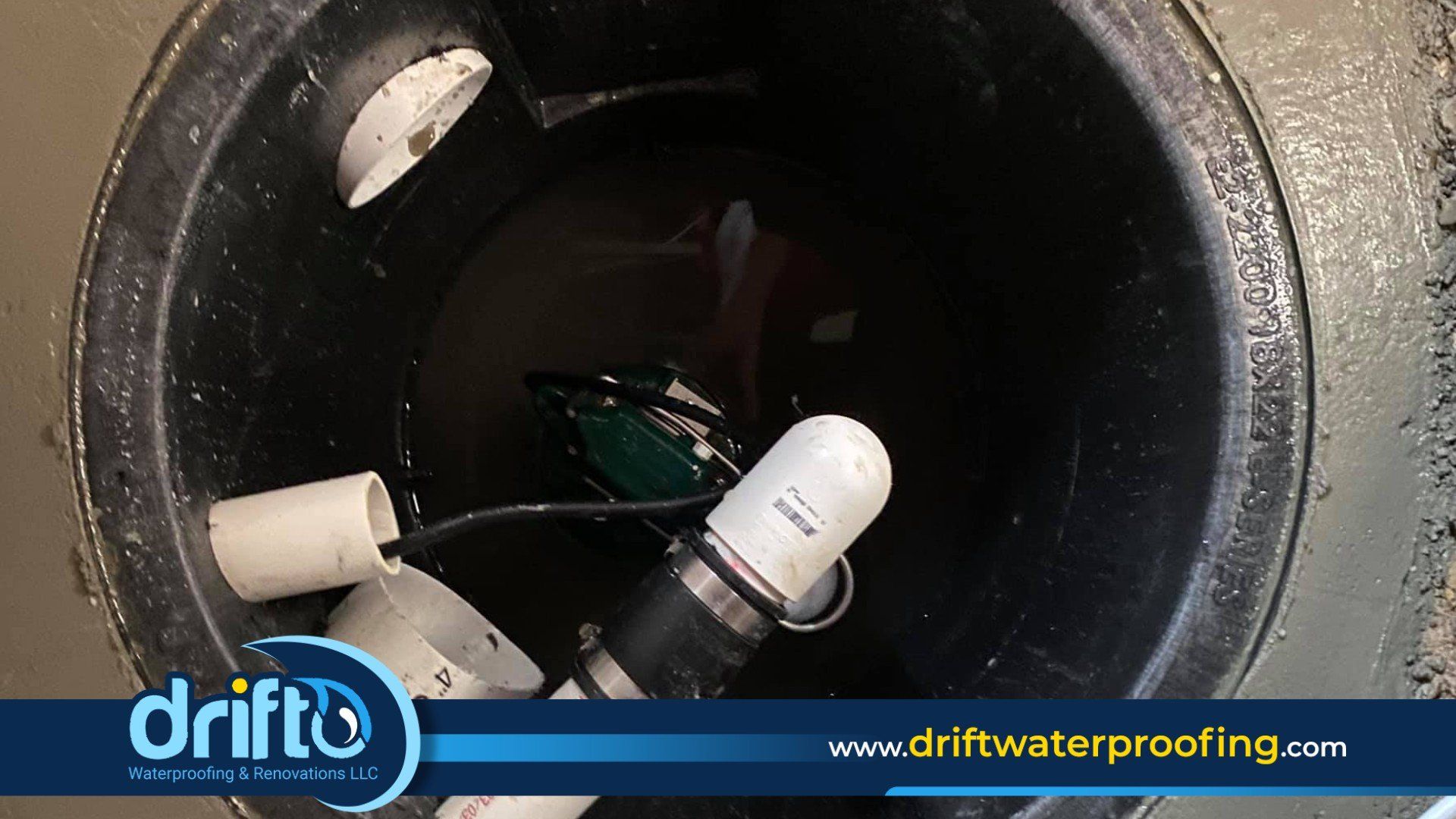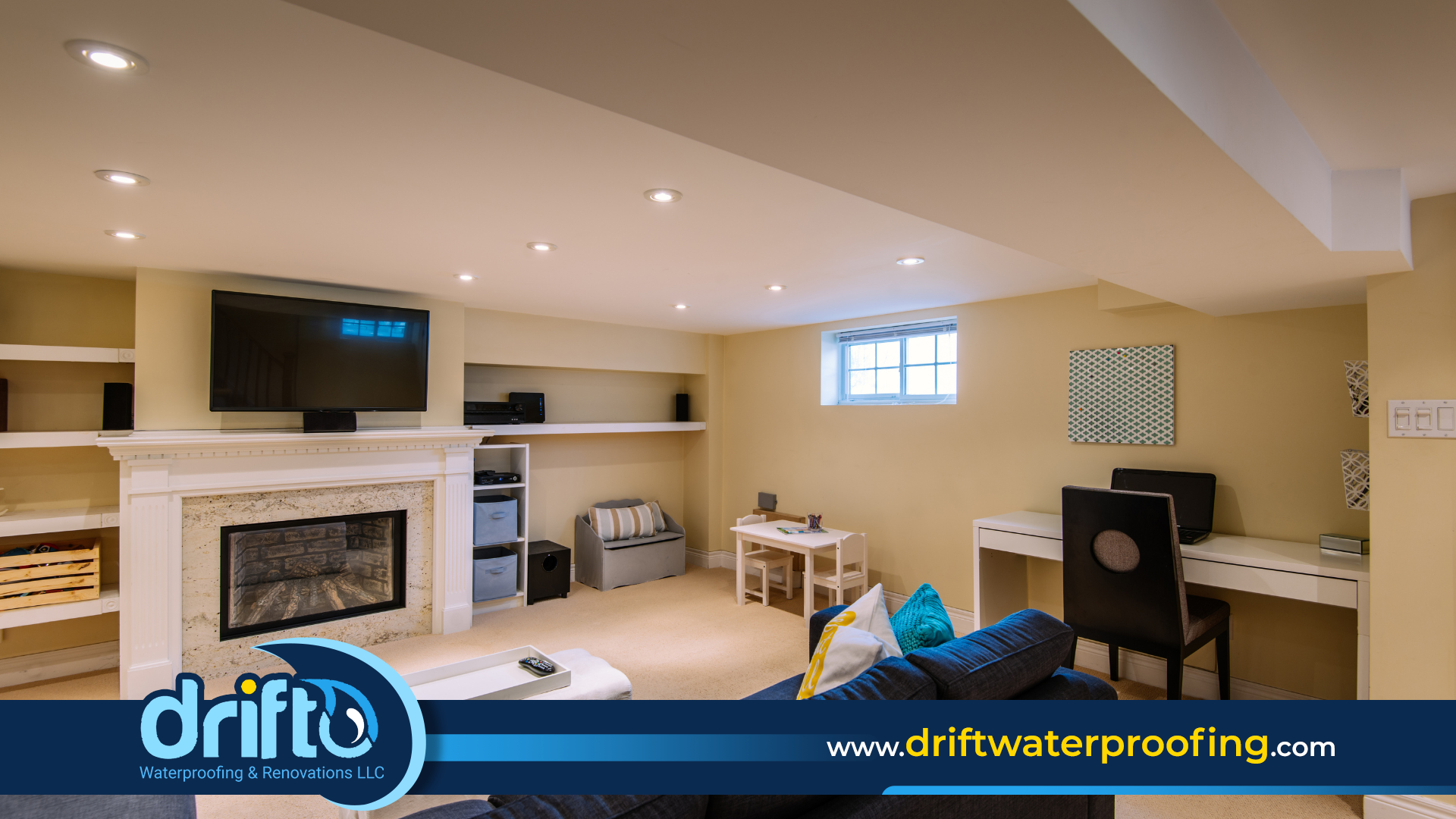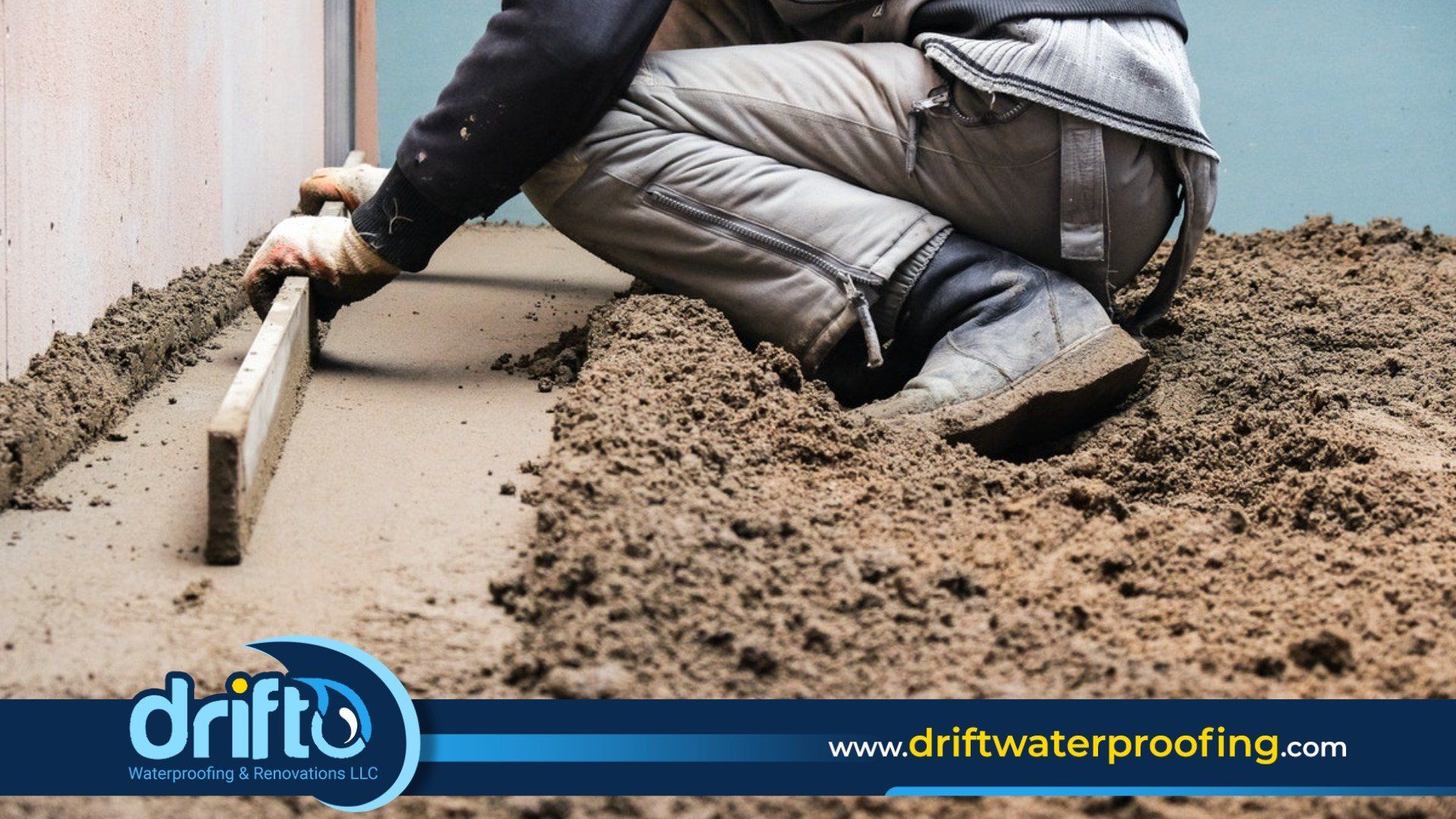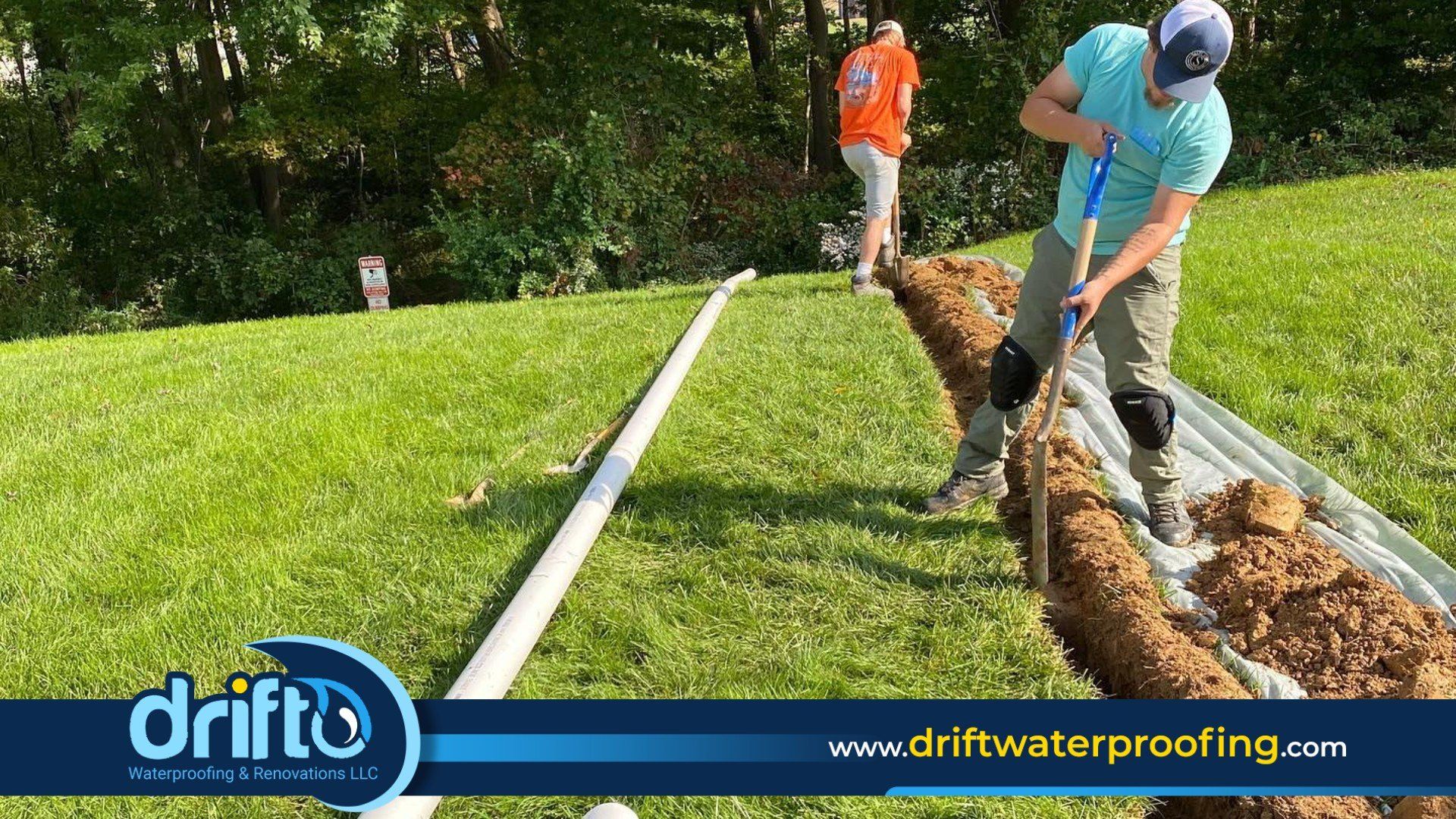For some homeowners, sump pumps are a mysterious and foreign concept. But understanding the basics of sump pumps is essential for keeping your home safe from water damage. So what exactly is a sump pump? Let’s dive in and find out!
What is a sump pump?
A sump pump is a device that removes water that has been collected in a specific area of your basement or crawlspace. It works by collecting water in a basin called the sump pit and then pumping it away from the house. This helps protect against flooding in areas with the potential for groundwater accumulation. In fact, many insurance companies require homeowners to have a sump pump installed if their property is at risk of flooding.
How Does It Work?
A sump pump consists of an electric motor, an impeller (or rotor blades), and a float switch. The float switch triggers the motor when it senses that water has reached an unsafe level, usually around one inch deep in the pit. The motor then activates the impeller, drawing up water through the intake pipe and pushing it out through the discharge pipe into another area away from your house. Once all the water has been pumped out, the float switch activates again to shut off the motor until more water accumulates in the pit.
How does a sump pump work?
Sump pumps are a necessary and often overlooked part of your home’s plumbing system. The purpose of a sump pump is to collect and remove water from the lowest portion of your property, known as the sump basin. This helps keep your basement or crawlspace dry by pumping out excess moisture and preventing flooding in these areas. Here’s an overview of how a sump pump works.
How the System Works
The sump pump system consists of two main components—the basin and the pump itself. The basin, or pit, is typically located in the lowest part of your property such as in the basement or crawlspace. It collects water that has seeped through the ground or foundation walls and pools in this area where it can be pumped out. The pump, meanwhile, sits inside the basin and uses an electric motor to power its impeller blade which moves water out of the basement or crawlspace and away from your property.
When Does a Sump Pump Activate?
A sump pump will activate when it senses that water has reached a certain level in the basin, usually about an inch below its rim. Once activated, it will begin pumping all accumulated water out of your home via a discharge pipe connected to either an existing drain line or directly outside through PVC piping. This prevents any damage from occurring due to flooding caused by excessive moisture buildup in these vulnerable areas around your home’s foundation walls.
Maintenance Tips for Your Sump Pump
Sump pumps are built to last for many years if they are properly maintained on an annual basis. To ensure that yours continues working correctly, you should check it regularly for any debris buildup that may affect its performance, such as leaves, twigs, dirt, etc. Also, inspect both your sump pump’s intake and outlet valves for any blockages caused by foreign objects such as stones or other items that may have accidentally made their way into either opening during installation or while performing maintenance on them later down the line. Finally, be sure to test run it every few months to make sure everything is working properly before you need it most!
Why do I need a sump pump?
If you’re a homeowner, you understand the importance of properly maintaining the inside and outside of your home. One such element that many homeowners overlook is investing in a sump pump. Sump pumps are extremely important devices designed to keep your basement dry and free from water damage. Let’s take a closer look at why sump pumps are essential for any home.
Benefits of Installing a Sump Pump
The most obvious benefit of installing a sump pump is that it helps protect your home from excessive moisture and potential flooding. But there are other benefits as well; for example, certain types of sump pumps come with battery backup systems which can provide peace of mind during power outages (when you may need them most). Additionally, installing a sump pump can help to reduce energy costs because it will keep moisture levels in check—which prevents mold growth and can require costly remediation services if left unchecked.
What are the different types of sump pumps?
Sump pumps are essential to keep your basement dry and water damage-free. However, with so many varieties available on the market, it can be hard to know which type is right for you. In this blog post, we'll explain the different types of sump pumps, their functions, and when they should be used.
Submersible Pumps
Submersible pumps are the most common type of sump pump used in homes today. As the name suggests, these pumps are designed to be submerged in water. The motor is encased in a waterproof container that prevents moisture from entering and damaging its internal components. Submersible pumps come with either vertical or horizontal float switches that activate when water levels reach a certain point. This allows them to turn on automatically whenever needed. Submersible pumps are also very quiet compared to other types of sump pumps and can handle larger volumes of water more efficiently than pedestal models.
Pedestal Pumps
Another type of sump pump is the pedestal pump. These models have motors mounted on top of a long shaft that extends down into the sump pit. While they aren't as efficient as submersible models, pedestal pumps tend to last longer since their motors aren't exposed to any moisture or debris that could potentially damage them over time. They also tend to cost less than submersible models because their motors don't need to be waterproofed as submersibles do. Pedestal pumps typically come with an adjustable float switch that activates when water levels reach a certain point inside the sump pit.
Battery-Powered Pumps
Battery-powered sump pumps are becoming increasingly popular due to their reliability during power outages or other emergency situations where electricity might not be available or reliable enough for a traditional electric pump to operate properly. These models use an AC adapter and rechargeable batteries that provide power during outages or other emergency situations where electricity might not be available or reliable enough for a traditional electric pump to operate properly. Battery-powered pumps tend to be more expensive than traditional electric models but offer peace of mind knowing that your home will stay dry even if there’s no electricity around!
How do I maintain my sump pump?
Blog Title: How to Properly Maintain Your Sump Pump
Blog Introduction: A sump pump is an essential piece of equipment for any homeowner, as it can help protect your home from flooding. However, it’s important to remember that, like any other equipment, a sump pump requires regular maintenance to maintain good working conditions. In this blog post, we’ll discuss the best practices for maintaining your sump pump so you can get the most out of your investment.
Check the Voltage Regularly
One of the most important tasks when maintaining your sump pump is regularly checking its voltage. To do this, use a voltage tester and ensure that the sump pump receives sufficient power. If you notice that the voltage is too low, you should call an electrician immediately to inspect the wiring and fix any potential issues.
Test the Sump Pump Regularly
Another key part of maintaining your sump pump is testing it regularly. This should be done about once a month during heavy rains or snowmelt periods. To test it, pour a few buckets of water into the basin and ensure that the sump pump turns on automatically and pumps out all the water quickly and efficiently. If not, then you may need to replace certain parts or get professional help with repairs.
Clean Out Debris
Finally, keeping an eye on any debris or dirt buildup in the basin or pipe connected to your sump pump is important. Over time, dirt and debris can accumulate in these areas and cause blockages or clogs, which reduce efficiency and can even lead to damage if left unchecked. Make sure you clean out these areas every 3 months to keep them free from debris buildup and ensure optimal performance from your sump pump.
Conclusion:
Maintaining your sump pump is essential for ensuring that your home remains safe from flooding due to heavy rains or snowmelt. By following these simple steps—checking voltage regularly, testing it monthly, and cleaning out debris periodically—you can ensure that your sump pump continues functioning properly so you won't have to worry about unexpected flooding at home! As always, if any major repairs are needed, then be sure to contact a professional as soon as possible so they can take care of them for you quickly and safely!
Contact Drift Waterproofing & Renovations Today!
Drift Waterproofing & Renovations will do everything we can to ensure your experience with us is excellent.
Request A FREE Estimate
Request a Free Estimate Form
Checkout Recent Post
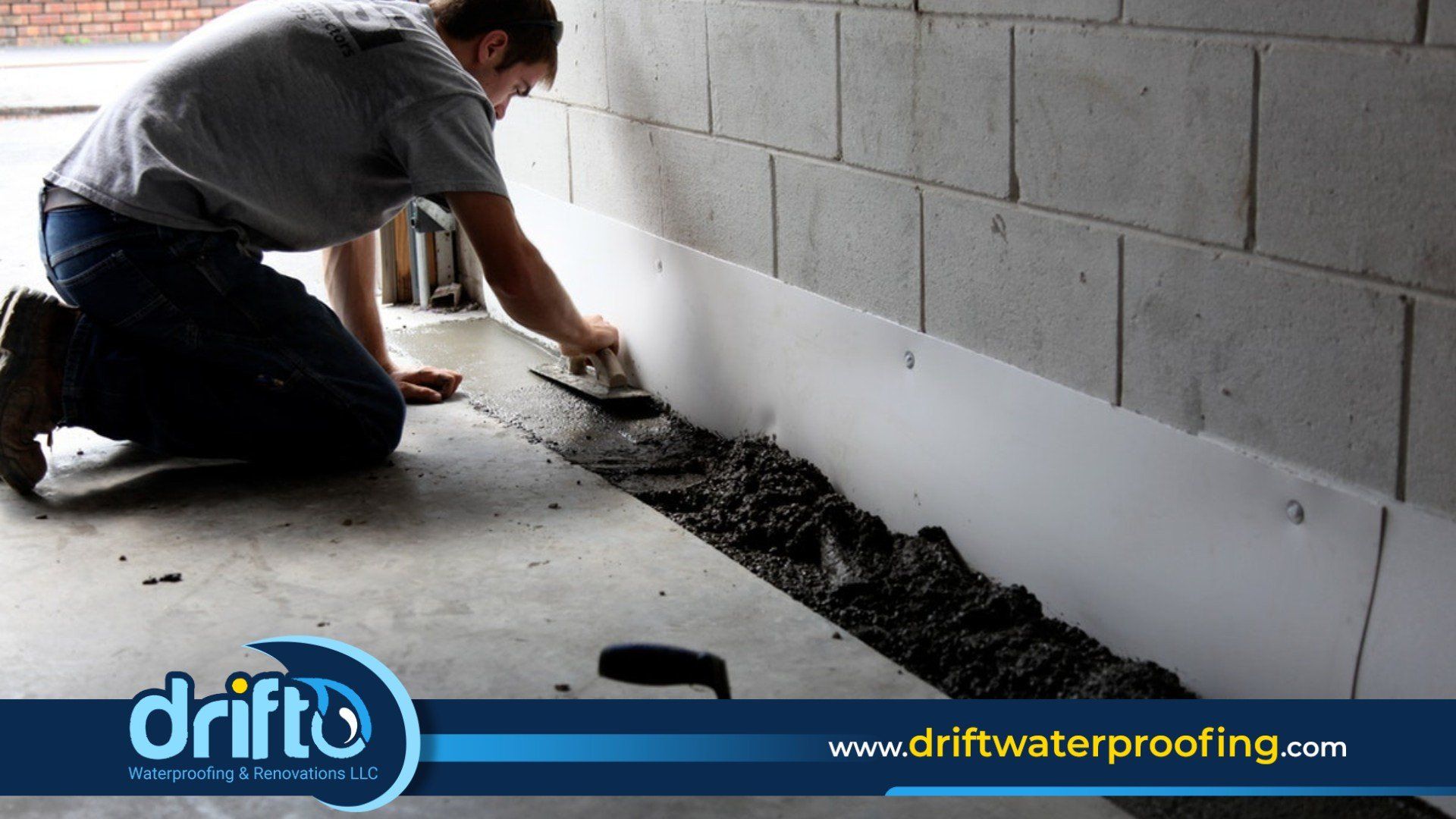
Got a Question? We’re Here to Help.
You can arrange an appointment or make an enquiry by phone or email, orget in touch to us via our contact form.

